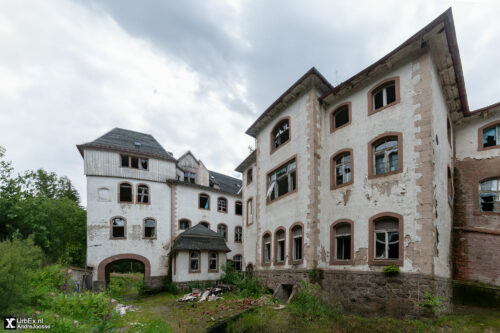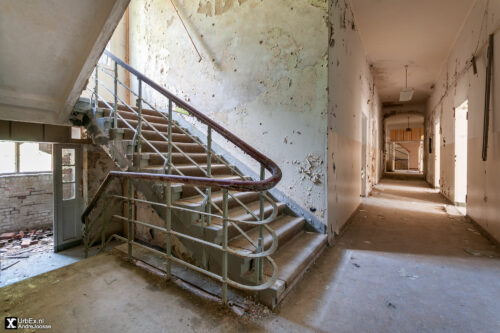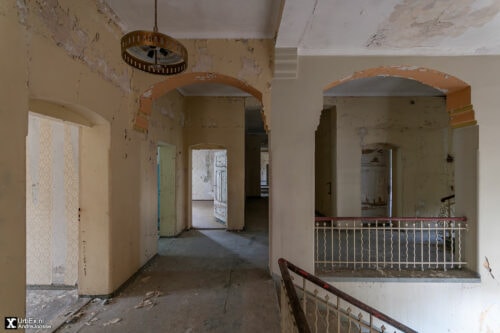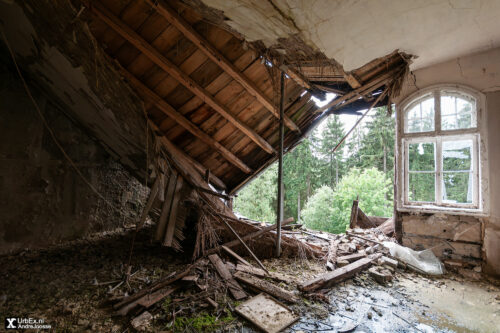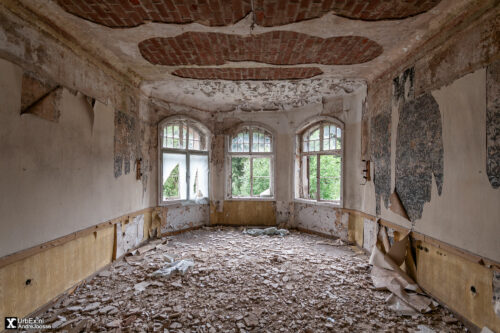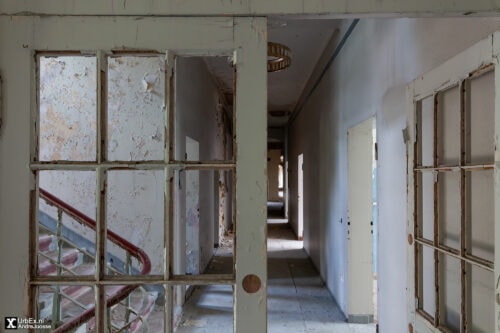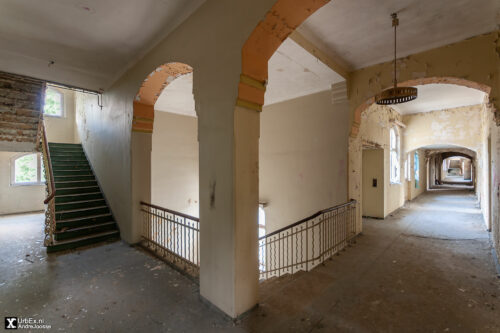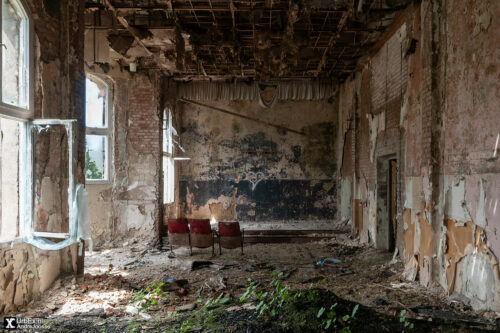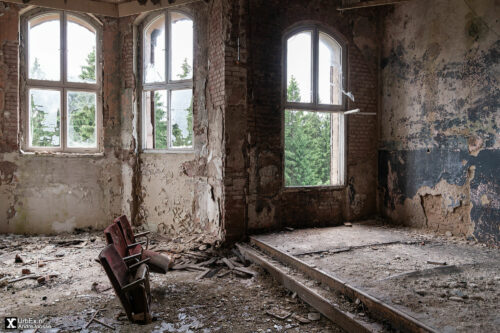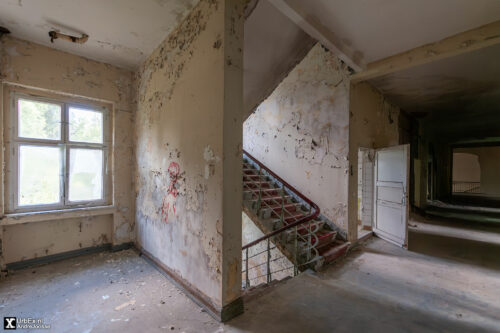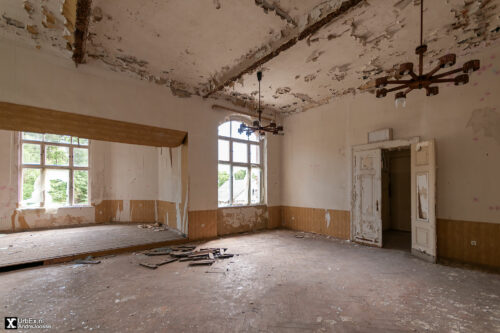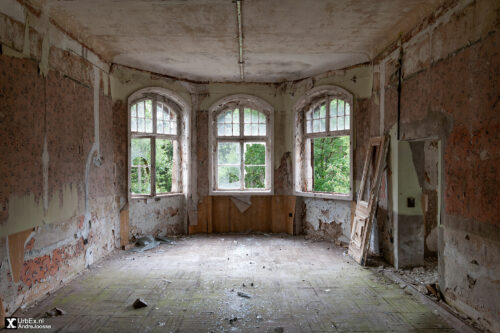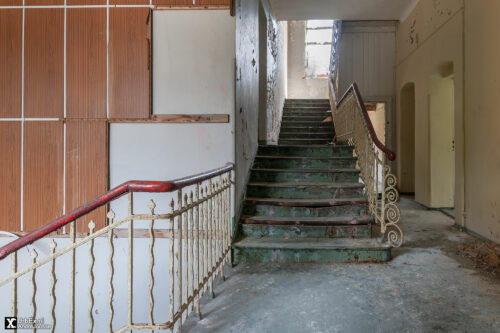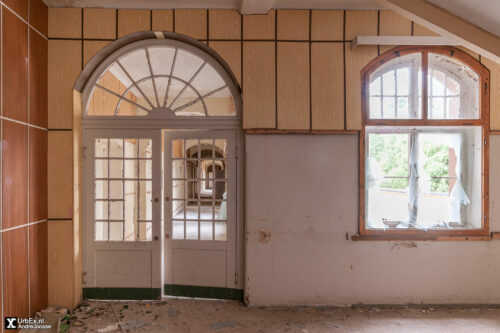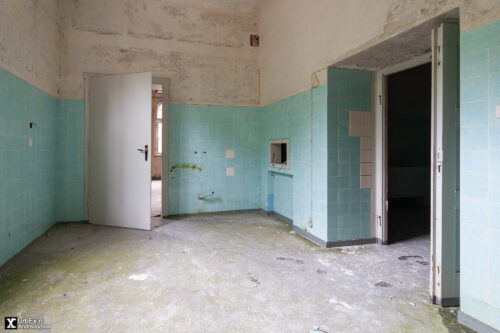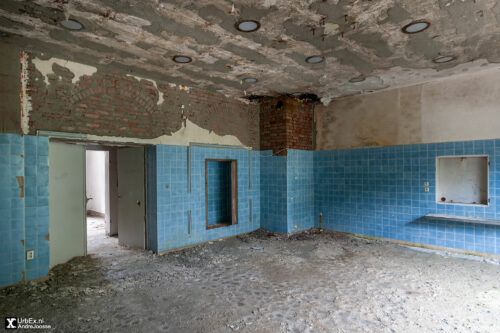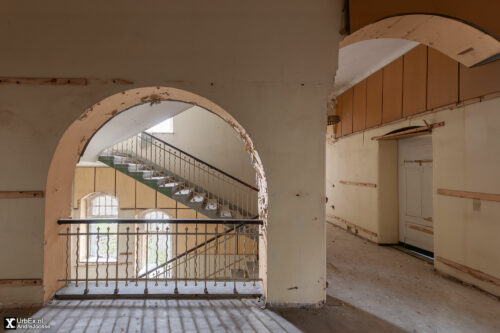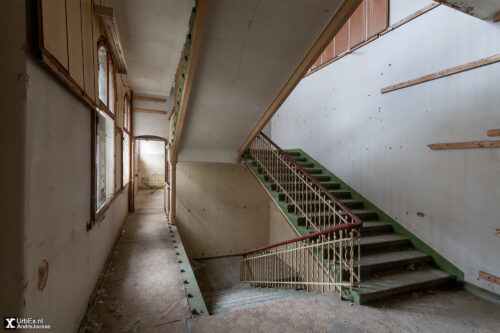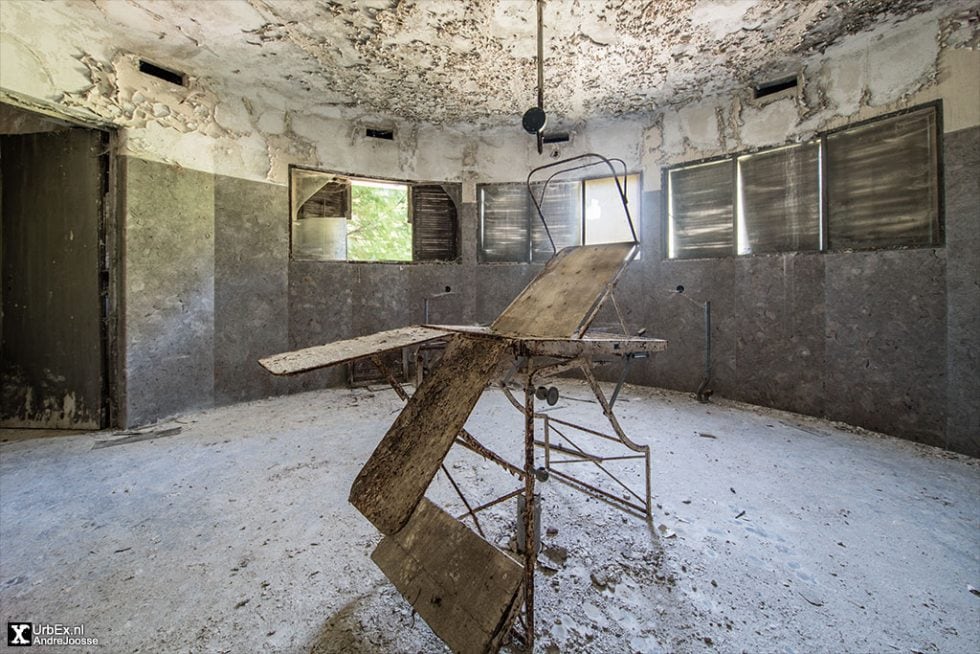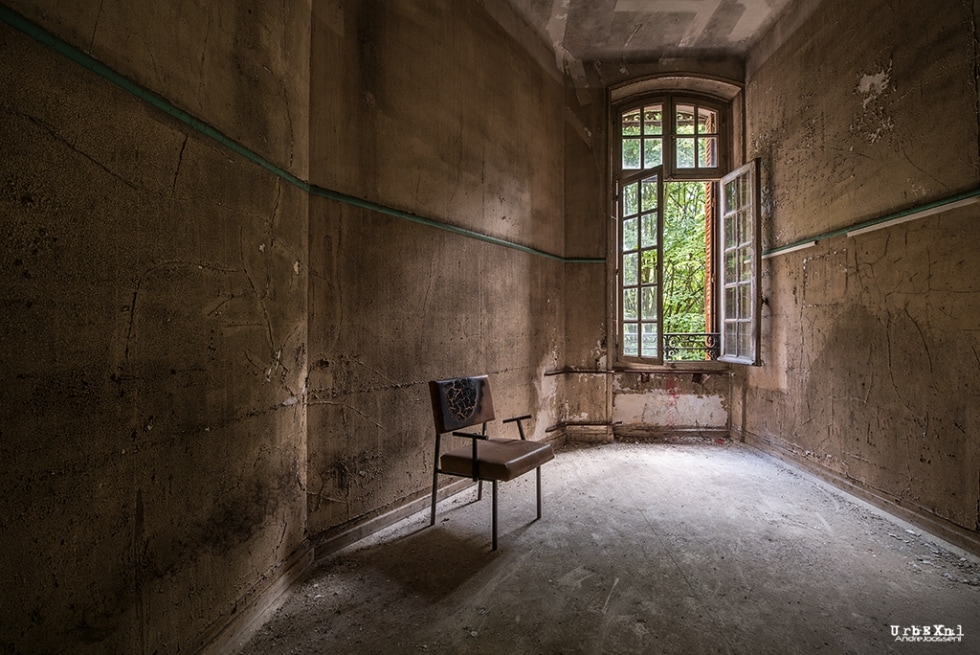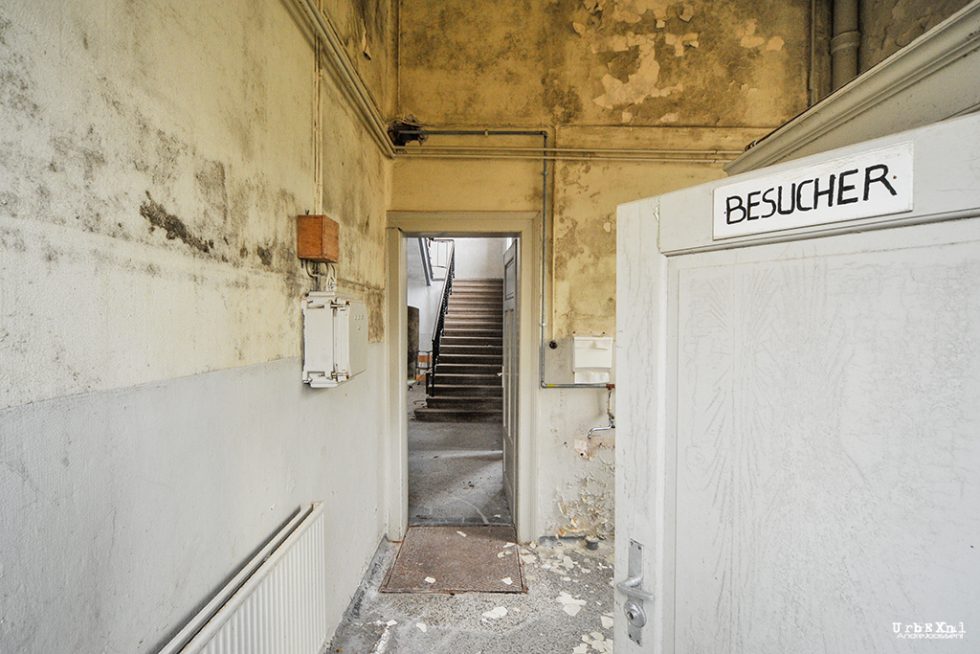Johanniter Heilstätte
THE ABANDONED SANATORIUM IN GERMANY
The Johanniter Heilstätte Sorge is a former lung sanatorium on the Ochsenberg between Sorge and Hohegeiß in the Harz Mountains. It was built in 1899 and abandoned in 1991.
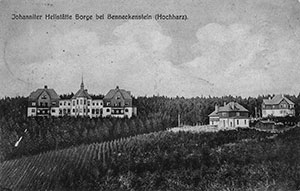
In 1899 this pulmonary sanatorium for females was build on the southern slope of the 562-meter high Ochsenberg. It was built here, in the middle of nowhere because of the climatic conditions. The buildings were built according to plans by the architects Heino Schmieden and Julius Boethke. It was owned by the Johanniter religious community.
The building was divided into two uniform outer buildings and a central building, which contained a church on its upper floor. Arcade-shaped lounge halls connected the buildings. The ceremonial inauguration of the new lung sanatorium took place on June 26, 1902. The first patients were welcomed into the house in August.
In 1909, the annual report showed that of 249 woman with an average age between 20 and 35 years were treated. The treatment consisted of a combination of fresh-air treatments and exercise, for which spa paths were created around the clinic on the slopes of the Ochsenberg.
Extension
The clinic continued to operate unchanged during the First World War. In 1926, the main building received a large extension on its west side, which offered rooms for 45 additional patients and a coherent medical department. The treatment rooms in the old building, which had now become too small, were replaced by modern rooms in the new building. Also, surgical interventions could be carried out now. The sanatorium had become a modern lung hospital with around 130 beds. In 1930 and 1937 new buildings were opened, and the bed capacity was increased to 180 beds.
During the Second World War and in the difficult years that followed, the sanatorium remained in operation without interruption. In the late 1950s, improved hygienic conditions and fewer patient referrals led to the first economic problems. From the beginning of 1962 they also admit male patients. This decision brought the desired economic success.
German border
From 1968, the former lung sanatorium was used by the National People’s Army and the DDR border troops, with 150 beds. Because the sanatorium was only a few hundred meters away from the inner-German border it was therefore in an absolutely restricted area, the entire area with the buildings and park area was surrounded by a security fence. There was a manned gate at the entrance to the sanatorium.
After the fall of the iron curtain and communism, the site was given back to the Johanniter. But raising the system to West German standards would have required a large investment. As a result, the site was abandoned. During my visit in 2009 all the buildings are in a state of severe deterioration, parts of the roof have collapsed and almost all the windows are broken.
